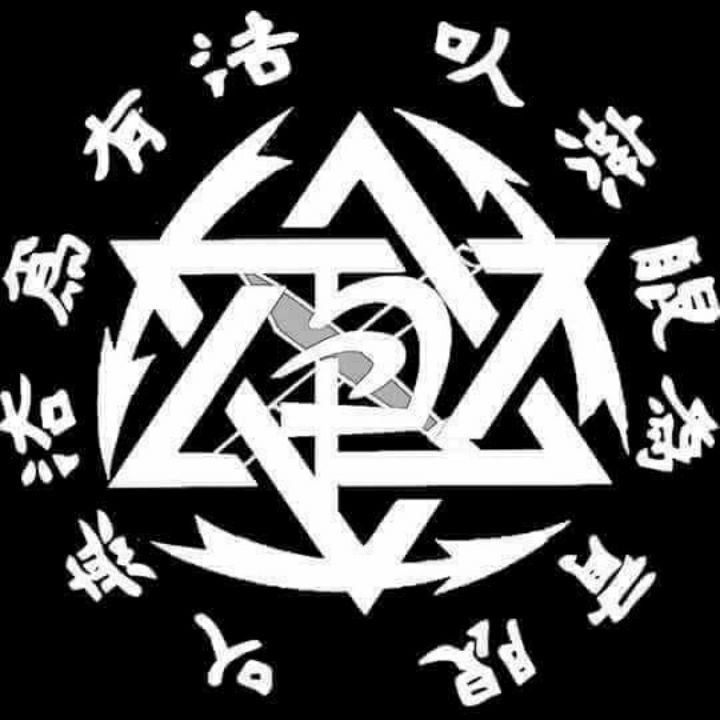Mastering the Art: Understanding the 5 Ways of Attack in Jeet Kune Do
- Sifu Jeramiah Giehl

- Jan 31, 2024
- 2 min read
In the diverse landscape of martial arts, Bruce Lee's Jeet Kune Do stands as a dynamic philosophy that transcends traditional boundaries, urging practitioners to explore the essence of combat in its purest form. Central to this philosophy are the fundamental Five Ways of Attack, each offering unique insights into recognizing and addressing the strengths and weaknesses of different opponents.
SDA - Simple Direct Attack: As Bruce Lee eloquently put it, "When in doubt, hit." This strategy emphasizes direct, linear strikes, whether in standing clinches or ground engagements. For those with size, power, and grappling proficiency, diving into a takedown or submission becomes a potent option, leaving little room for the opponent to counter.
ABC - Attack By Combination: This strategy revolves around creating openings through a rapid succession of moves. Speed, power, and endurance are key for a Jeet Kune Do practitioner to overwhelm the opponent with a flurry of strikes, transitioning seamlessly between attack sequences. Maintaining balance and readiness to counter any response is paramount.
PIA - Progressive Indirect Attack: Progressing from direct attacks, this strategy employs feints to deceive opponents. Whether setting up for a takedown or clinching, the practitioner uses subtle movements to elicit predictable reactions. On the ground, feints and deceptive strikes open avenues for locks and controls, showcasing the effectiveness of progressive indirect attacks.
HIA/FIA/LIA (ABT) - Hand/Foot/Leg Immobilization Attack (Attack By Trapping): The focus here is on immobilizing or manipulating the opponent's limbs to frustrate and overwhelm their defense. Trapping or immobilizing defensive tools creates opportunities for strategic strikes. From securing positions to countering defensive maneuvers, the practitioner adept at hand immobilizing attacks gains a significant advantage.
ABD - Attack By Drawing: This strategy capitalizes on luring opponents into traps by making seemingly inviting targets. During stand-up or ground fights, the Jeet Kune Do practitioner uses attack by drawing to exploit an opponent's lapse in defensive awareness. Keen timing, positioning, and accuracy are crucial to intercepting counterattacks and seizing control.
In essence, the Five Ways of Attack in Jeet Kune Do form a comprehensive framework that goes beyond mere techniques. They represent a philosophy that embraces adaptability, efficiency, and real-world applicability. As practitioners delve into the intricacies of each strategy, they unlock the essence of Jeet Kune Do—an art that transcends traditional boundaries, inviting continuous exploration and mastery.

Comments